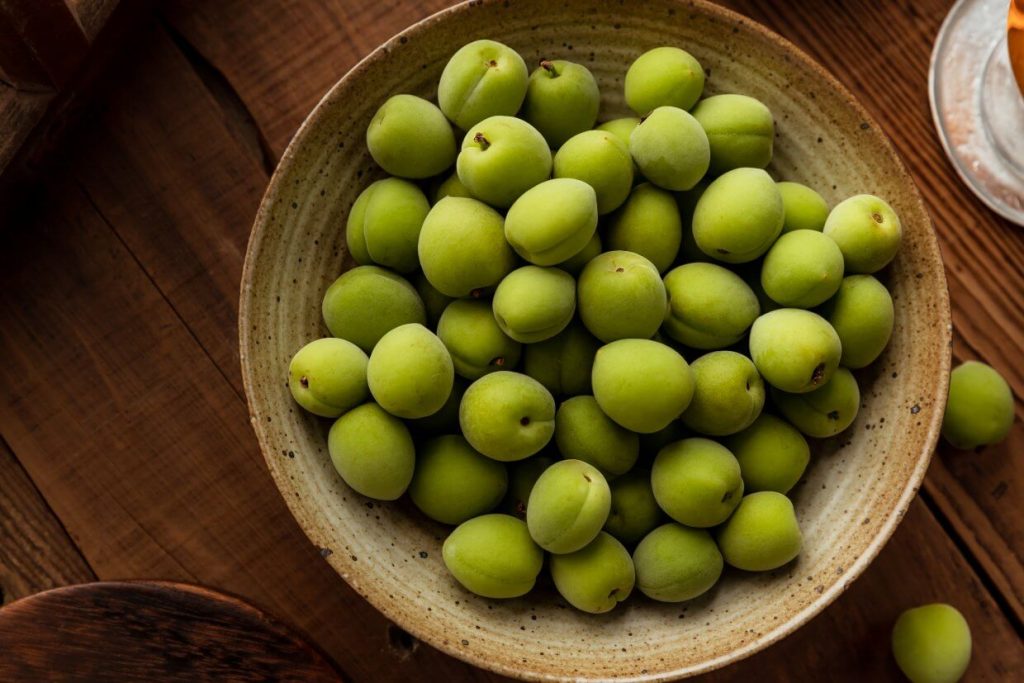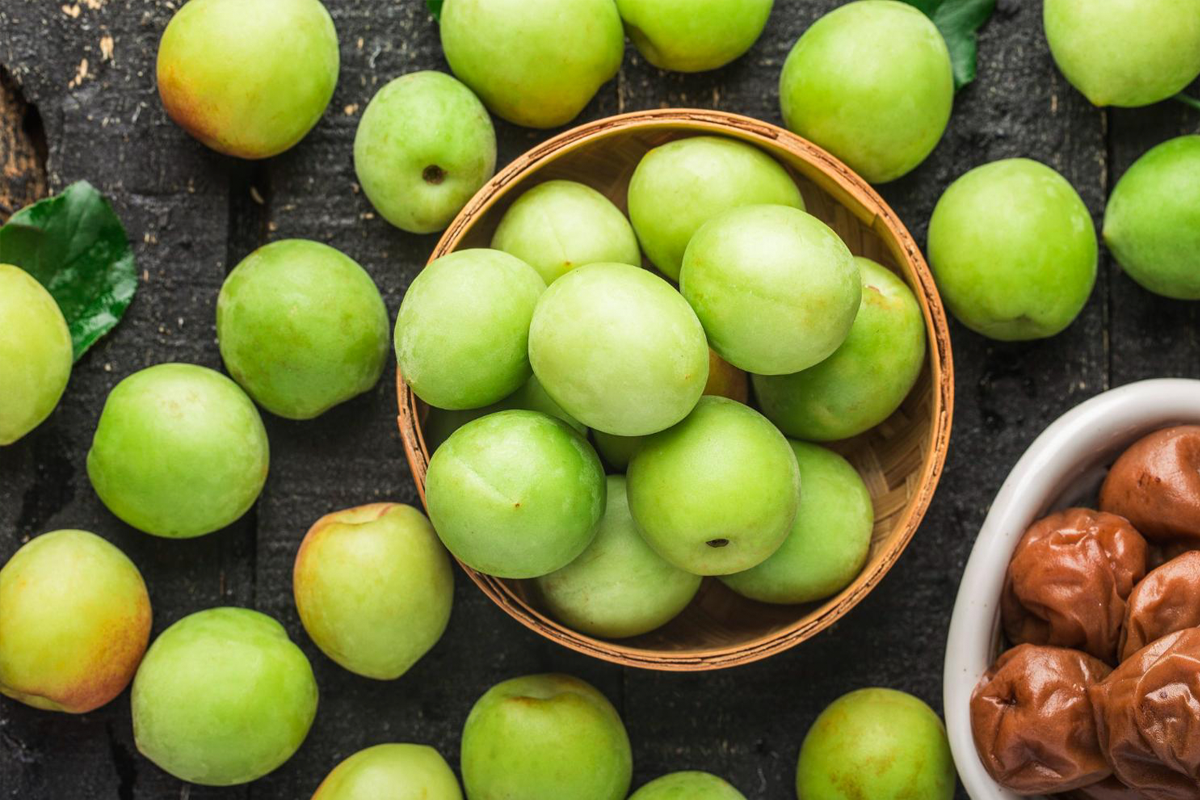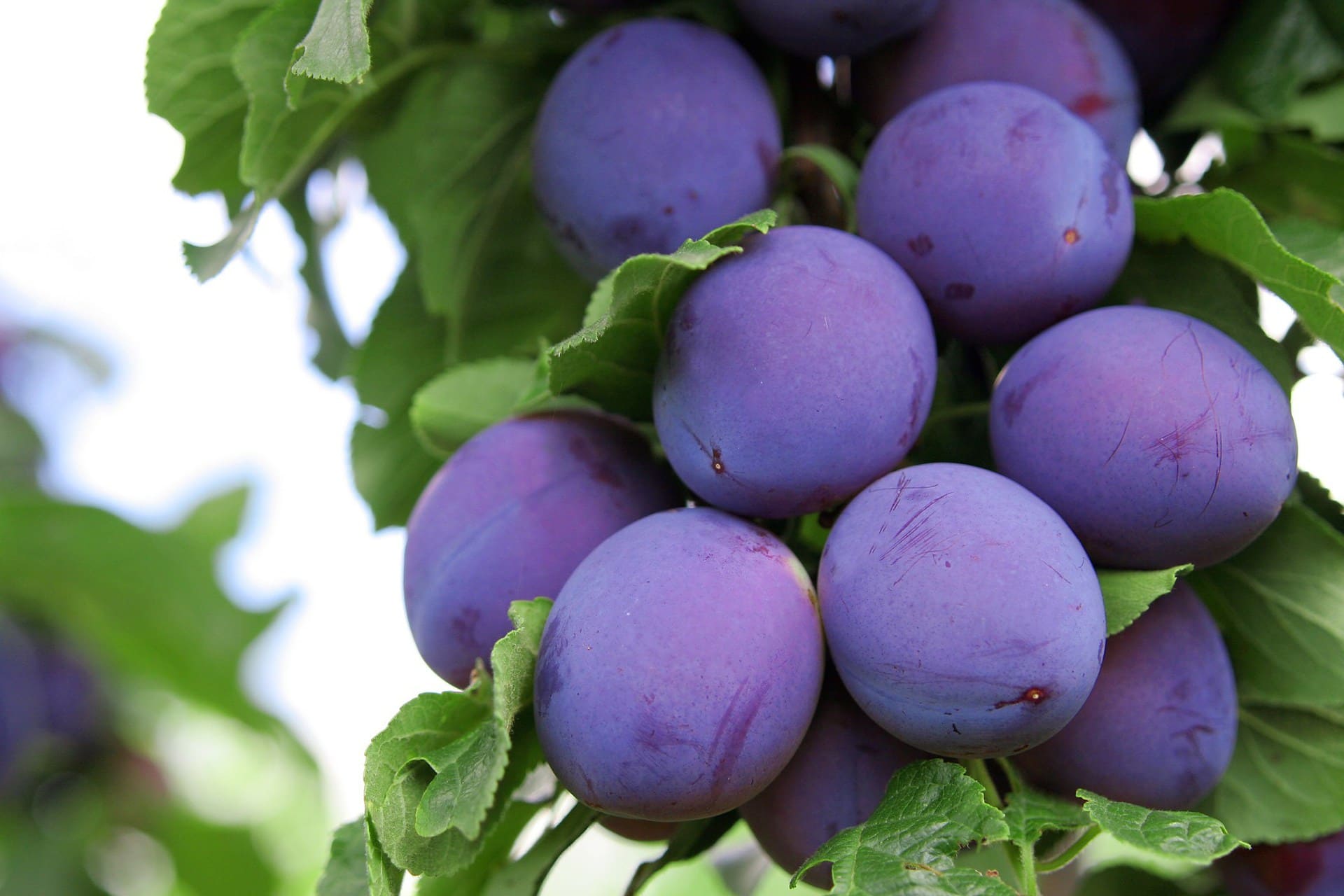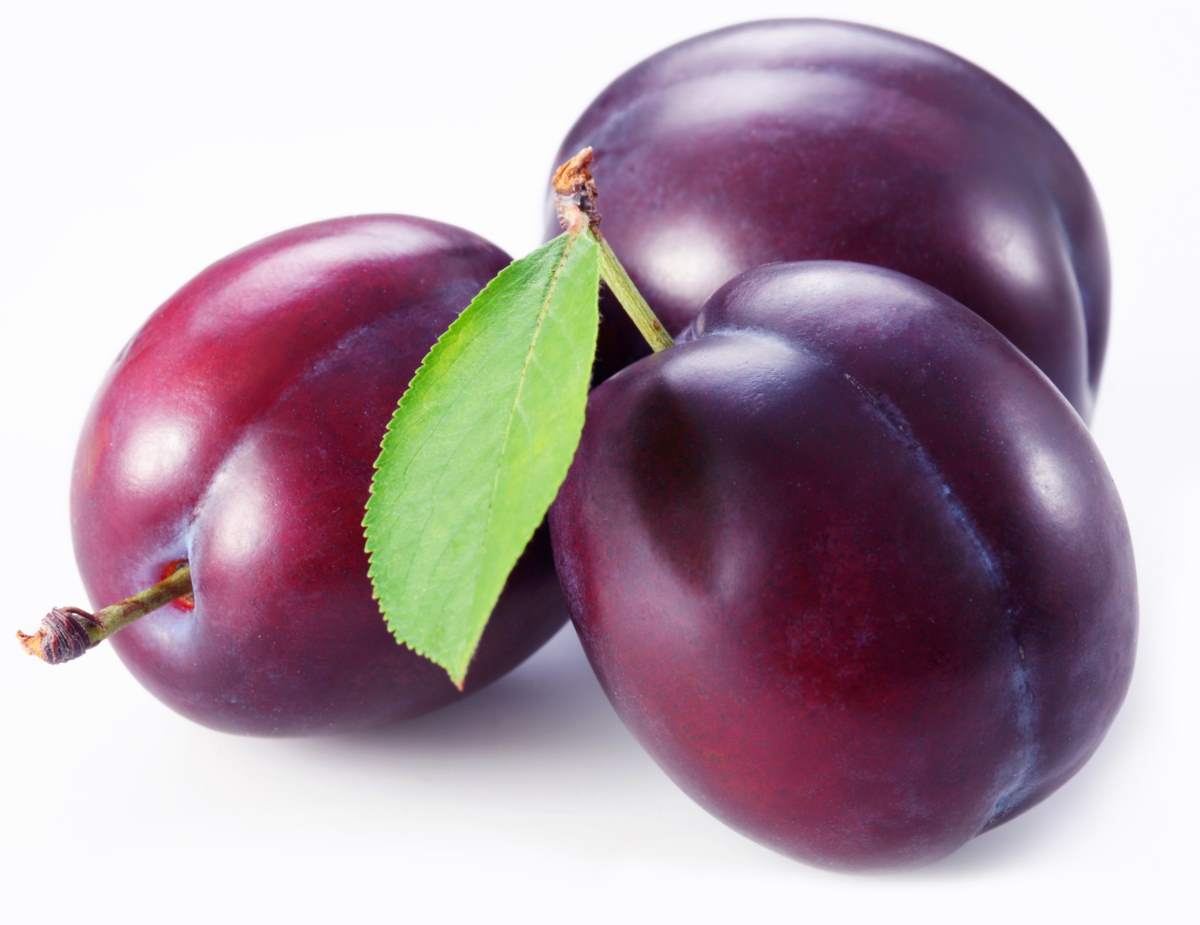Chinese Plum / Japanese Apricot (Prunus mume): Fruit Characteristics, Varietal Traits, Nutrition, and Distribution
Prunus mume—commonly referred to as Chinese plum or Japanese apricot—belongs to the Rosaceae family, subfamily Amygdaloideae, under the genus Prunus. This deciduous small tree is native to China and Japan and is celebrated for its fragrant blossoms in early spring as well as its tart fruit.
Fruit Characteristics
The fruit of Prunus mume is a drupe that typically appears round or oval depending on the variety, with size varying by cultivar but generally measuring about 2-3 cm in diameter. Its smooth skin remains green until it ripens; certain varieties may turn yellow or light red upon maturity. The flesh is thin, with a tart taste due to bitter compounds, making it unsuitable for raw consumption. At its core lies a hard pit.
Varietal Traits
Prunus mume flowers very early—from late winter to early spring—with blossoms that can be white, pink, or red accompanied by a strong fragrance. Its fruit ripens later in the season—usually picked from late spring to early summer—and is mainly processed into products such as ume wine, ume vinegar, preserved fruits, jams, and pickled foods. Varieties differ in fruit size, acidity levels, flavor profiles, as well as their best-suited processing methods. Notable varieties include:
- Shirokaga: A renowned Japanese variety known for large, high-quality fruits ideal for making ume wine.
- Nanko: A specialty from Wakayama Prefecture in Japan; noted for its plump fruits with balanced acidity, perfect for diverse processing methods.
- Bungo: Another Japanese variety featuring larger fruits that develop a slight redness when ripe.
Nutritional Value and Potential Health Benefits
While unsuitable for raw eating due to its bitterness, processed Prunus mume offers nutritional benefits. It contains high levels of organic acids such as citric acid and malic acid, essential minerals such as potassium, calcium, and magnesium, and polyphenolic compounds. Traditionally believed to aid digestion and reduce fatigue while offering antibacterial properties, modern studies suggest ume-based products might possess antioxidant and antibacterial qualities.

Distribution and Cultivation
Originally from China’s Yangtze River basin, extending southwards before reaching Japan and Korea, Prunus mume boasts a rich history of culinary and medicinal use. It has been cultivated extensively over centuries, especially throughout southern China and Japan. It thrives best under warm and humid conditions within well-drained soils and is propagated mainly by grafting techniques.



